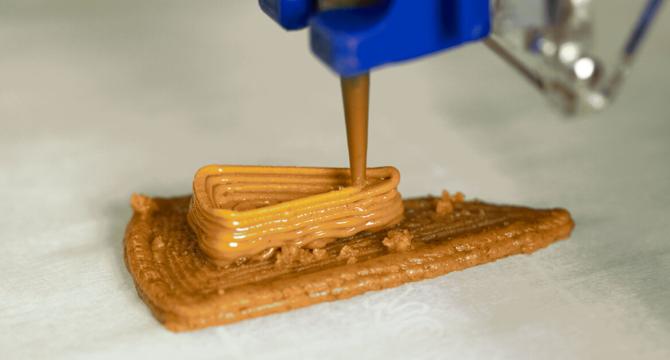Designboom
3w
241

Image Credit: Designboom
3D printed salmon, pasta and dessert: inside the future of food with software-made meals
- 3D printed food like salmon, meat, pasta, and dessert is seen as the future of the gastronomic industry with software-controlled meals, addressing various needs including for astronauts and medical purposes.
- Companies and startups are utilizing 3D printing to replicate traditional food textures, tastes, and appearances, while also exploring food waste reduction and precise ingredient control.
- The history of software-controlled meals dates back to initiatives like Cornell University's Fab@Home project and companies like Philips, Choc Edge, and Natural Machines have contributed to the evolution of 3D printed food technologies.
- Challenges such as limitations in design software, production costs, material adaptations, and slower printing speeds hinder the widespread adoption of 3D printed food in the gastronomic industry.
- 3D printed food offers customization, allergen-free options, and potential nutritional enhancements, but post-printing processes can affect the food's nutrients and shelf life.
- Companies like Artisia are developing multi-head printers for mass production, although manual steps in the process still exist to maintain quality and flexibility.
- Researchers are exploring ways to recycle food waste from 3D printed meals and are integrating sustainability practices to create new edible products.
- Future innovations in food technology include laser cooking, computational gastronomy, and smart appliances that use machine learning to craft personalized meals efficiently.
- Vertical farming and other advancements are revolutionizing the way we consume food, with 3D printed food being just one of the many technologies shaping the gastronomic landscape.
- Startups and companies like Revo Foods and Artisia by Barilla are at the forefront of the 3D printed food movement, pushing boundaries in creating customizable and sustainable food products.
Read Full Article
14 Likes
For uninterrupted reading, download the app